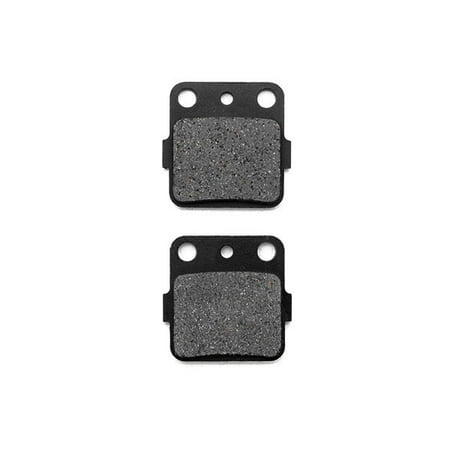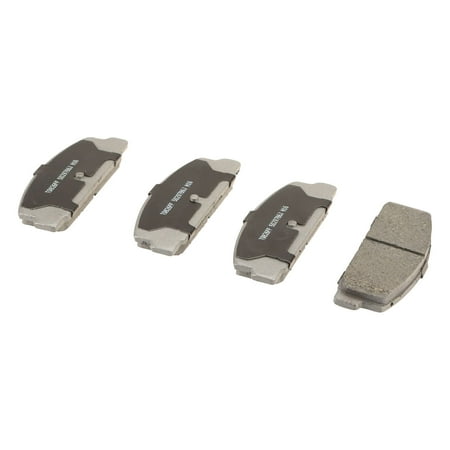Niche Brake Pad Set for Yamaha Grizzly 450 400 350 Banshee Big Bear Warrior Wolverine Kodiak Front Semi-Metallic 2 Pack
Includes: Brake Pad Set Known Brand Compatibility: For Yamaha, For Suzuki, For Polaris, For Kawasaki Known Model Compatibility: Ace Ranger 150 Big Bear Prairie Grizzly Bruin Direct Replacement For: K4308-20043, 59101-38860, 59101-38850, 59101-38820, 59101-38810, 59100-38870, 59100-38820, 43082-0084, 43082-0043, 3GD-W0045-01-00, 1912970
-
$15.99
$26.22Wagner Brake Thermoquiet Ceramic Brake Pad Set
$15.99$26.22 -
$11.99





Replaces OEM Part Number: Compatible with Kawasaki 43082-0084, Polaris 1912970, Suzuki 59100-38870, Yamaha 3GD-W0045-01-00Compatible with Models: 2017-2019 Polaris ACE one hundred fifty, 2018-2019 Polaris Ranger 150Compatible with: 2015-2017 Kawasaki KLX150L, 2000-2019 Kawasaki KX65, 1999-2002 Kawasaki Prairie three hundred, 2003-2012 Kawasaki Prairie 360, 1997-2002 Kawasaki Prairie 400Compatible with: 2002-2007 Suzuki Eiger four hundred, 2002-2003 Suzuki Vinson 500Compatible with: 1990-2001 Yamaha Banshee 350, 2001-2009 Yamaha Bear Tracker 250, 1999 Yamaha Big Bear 350, 2000-2012 Yamaha Big Bear 400, 2003-2006 Yamaha Blaster 200, 2004-2006 Bruin 350, 2007-2014 Yamaha Grizzly 350, 2007-2008 Yamaha Grizzly 400, 2007-2014 Yamaha Grizzly 450, 2000-2006 Yamaha Kodiak four hundred, 2003-2019 Yamaha Kodiak 450, 2011-2013 Yamaha Raptor 125, 1989-2001 Yamaha Warrior 350, 1995-2009 Yamaha Wolverine 350, 2006-2010 Yamaha Wolverine 450





Reviews
There are no reviews yet.